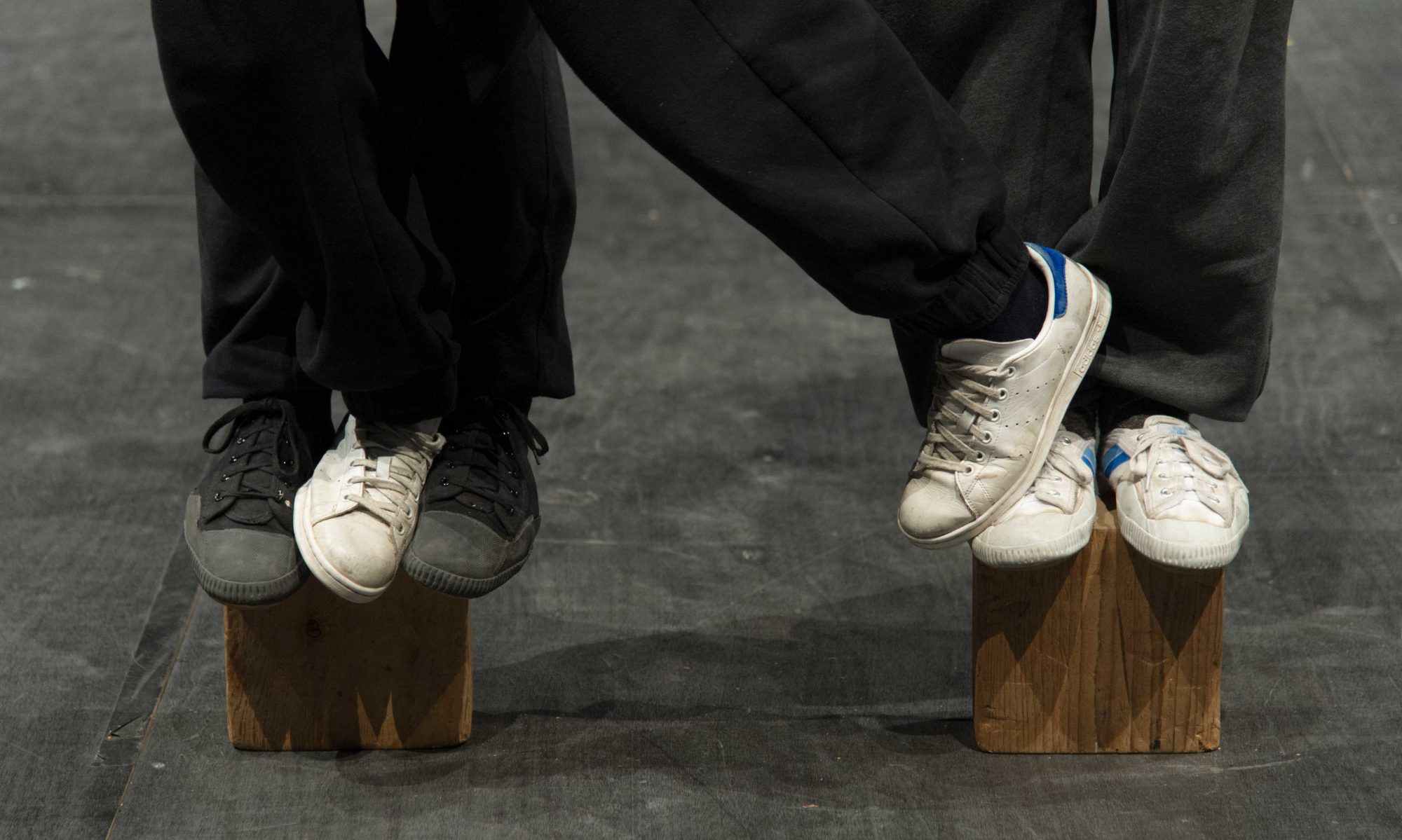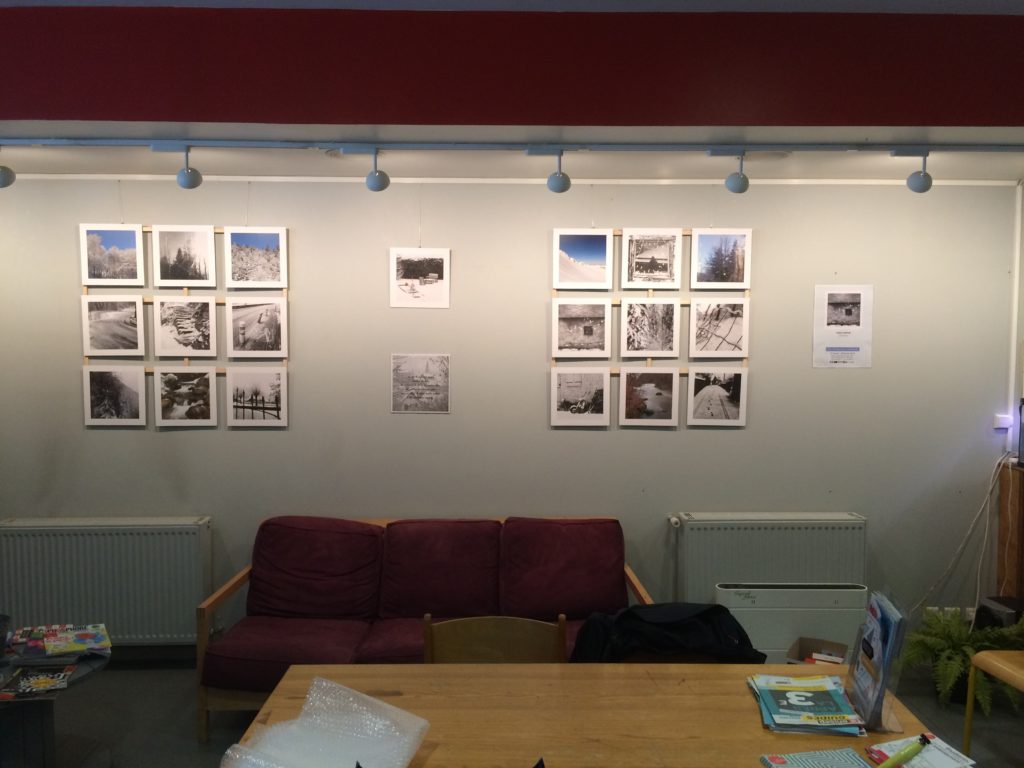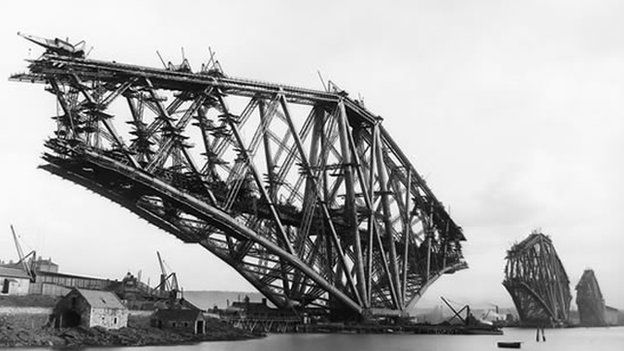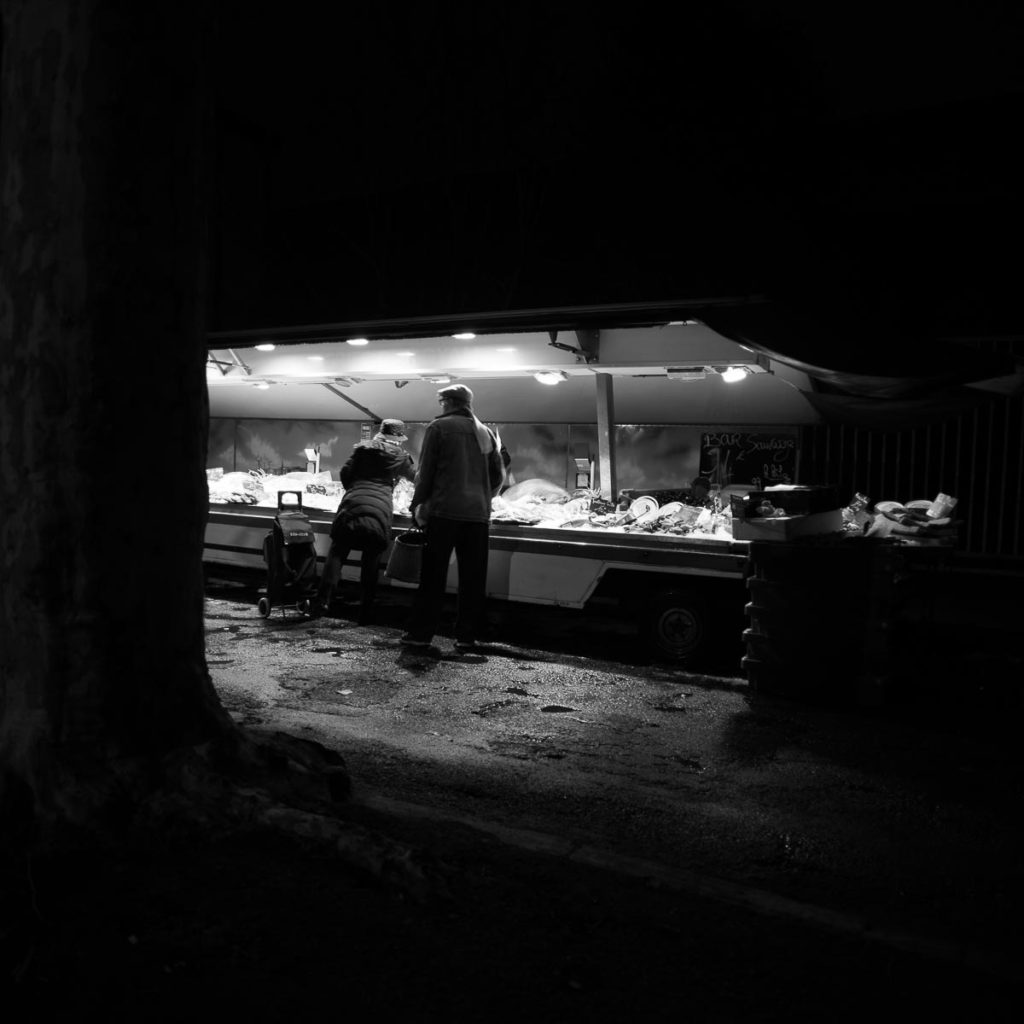There’s something very appealing to me about square photographs. I’m not sure exactly what it is, and it’ll probably sound silly to any ‘real’ photographer, but there’s something both serious and reassuring about the format.
At work we’re hosting an exhibition by a local amateur photographer, and he has chosen to frame his 35mm format (24×36) images in a square format. It helps that they are essentially monochrome (snow etc.) but it works SO well.
In the ‘old’ days there were more formats available – 24×36 was the ‘go-to’ format for 35mm photographers, but also 6×45, 6×6, 6×9 etc. for roll film users. But there were also the formats which had developed from the so-called ‘plate’ cameras of the turn of the century, with strange aspect ratios like 4″x5″, 10″x8″ etc. Many of these are still in use today, using flexible film rather than rigid glass plates.
For a long time photographs were never ‘re-worked’ as they were simply contact prints – the negative (a light sensitive emulsion on a glass plate) was simply laid onto a piece of photographic paper and the light turned on to expose the paper. Eventually, as the film formats got smaller, ‘enlargers’ were invented to make the resulting prints bigger – but I digress.
I remember my father visiting the railway archives in Edinburgh where he was able to see the original glass plate negatives made when the Forth Bridge was being built (1882/89) – these were 20″ x 16″ (45cm x 40cm) – imagine the size of the camera!!
It’s not simply a case of choosing a square bit from a rectangular negative – there’s an ‘art’ to framing the shot in a square format. I’m used to using a 6×6 camera so the composition is easy – all you see is a square image – and I think this is possibly something that all photographers should try…
This image was taken from a 24×36 format, but framed for a square result. I think it works.



